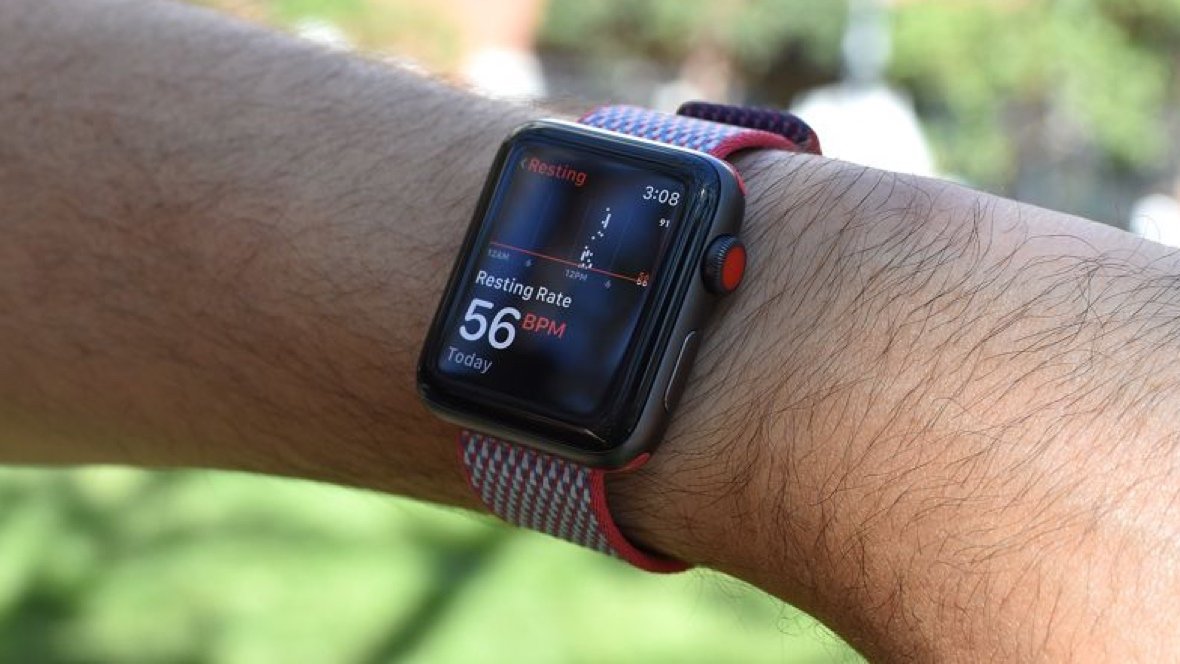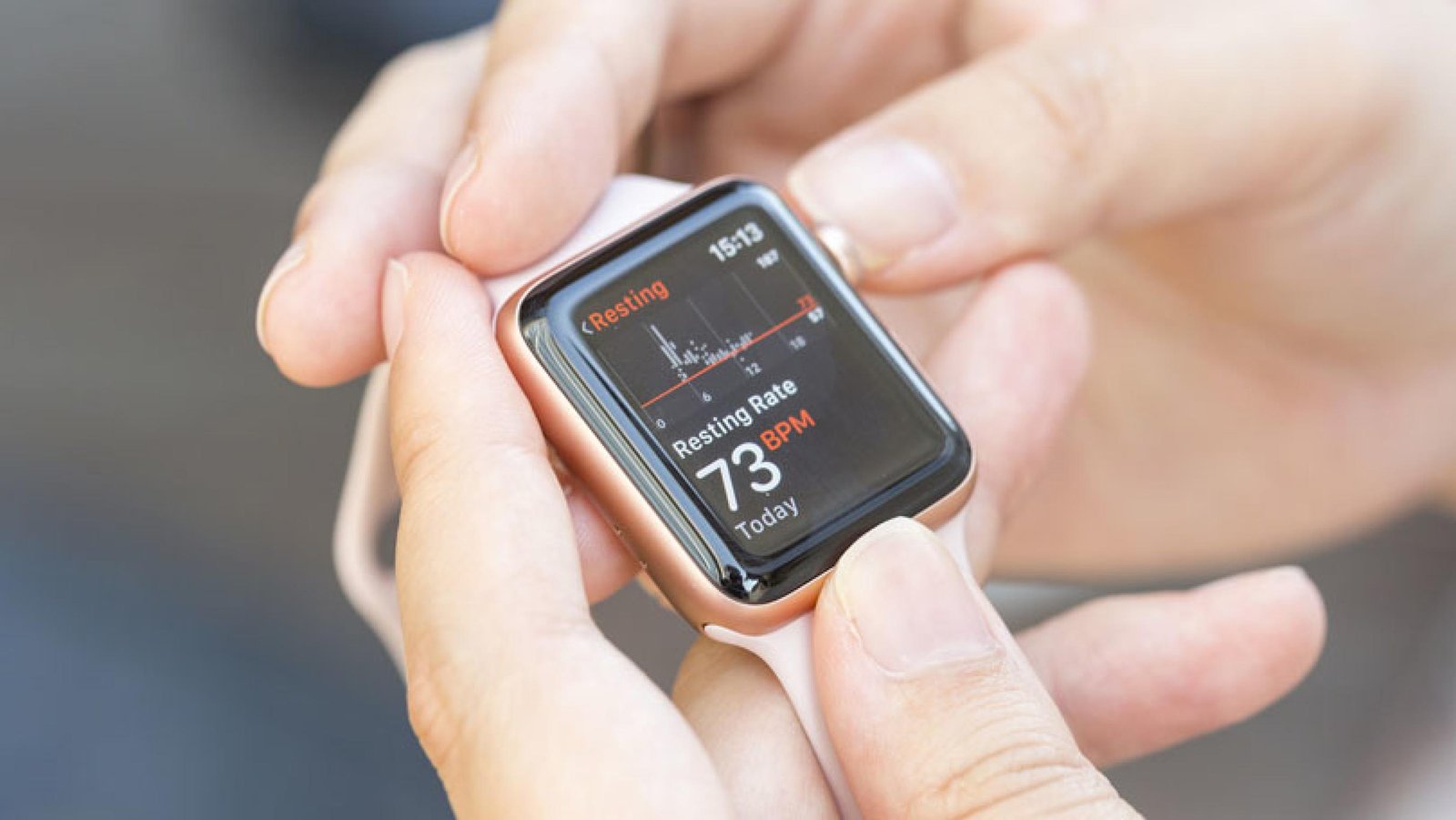While the Apple Watch has an incredibly accurate heart-rate monitor, you may have noticed that your Apple Watch will detect a heartbeat on almost anything. Be it a banana or a pillow, the Apple Watch thinks it’s alive. But there’s actually more to this.
The Apple Watch can often be prone to misreading. However, there’s a very simple answer to this.

Effectively, your Apple Watch isn’t really reading anything from those objects. Wearables usually measure your heart-rate by a technique named “photoplethysmography”. In basic English, this technique consists of the Apple Watch releasing a green light onto your wrist. Then, how much light is reflected back to the Apple Watch’s sensor is what’s actually measured.

This technique has certain limitations, however. You can easily fool the device by posing it over any object which is able to reflect light. This means that the more an object can reflect light, the bigger the change that your Apple Watch will think that it has a heart-rate.

Funny videos of the Apple Watch giving readings on random objects have been circulating on social media. A Reddit user comments “according to my watch, it found a heartbeat on my table, a sheet of paper, a silicone strap, and my pants. […] I have witnessed the same on a Samsung Active watch and a Huawei watch GT”. So don’t worry, these misreadings are very common amongst wearables, and for now, there’s not much we can do about it.

And stay reassured, that your Apple Watch is still a fantastic heart rate monitor. A small tip, for more accurate heart-rate reading from your Apple Watch, make sure to securely fasten it on your wrist. If you wear it too loose, you can expect to have some strange readings.
Do you frequently use the heartrate monitor on your Apple Watch?